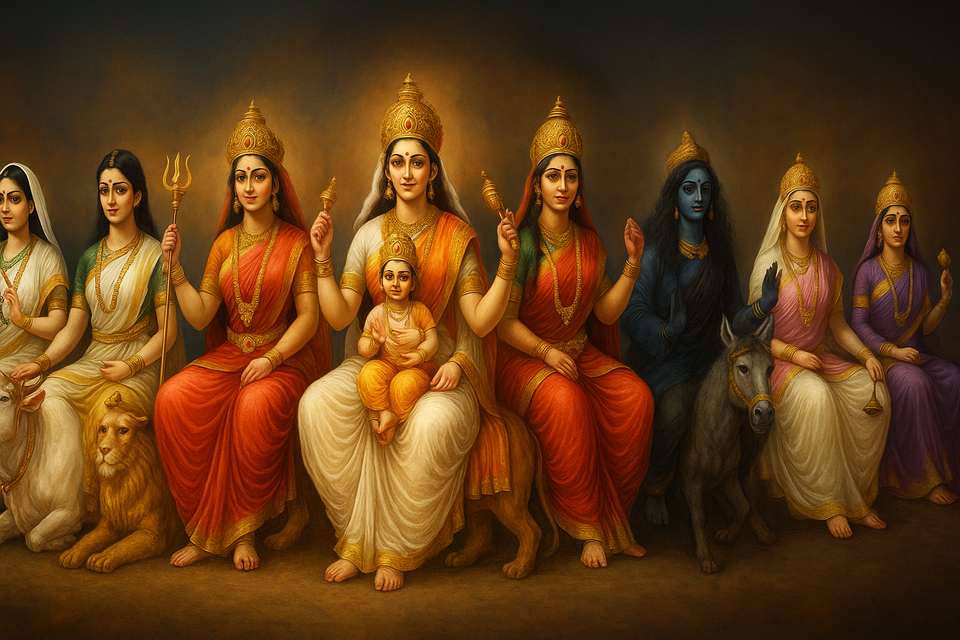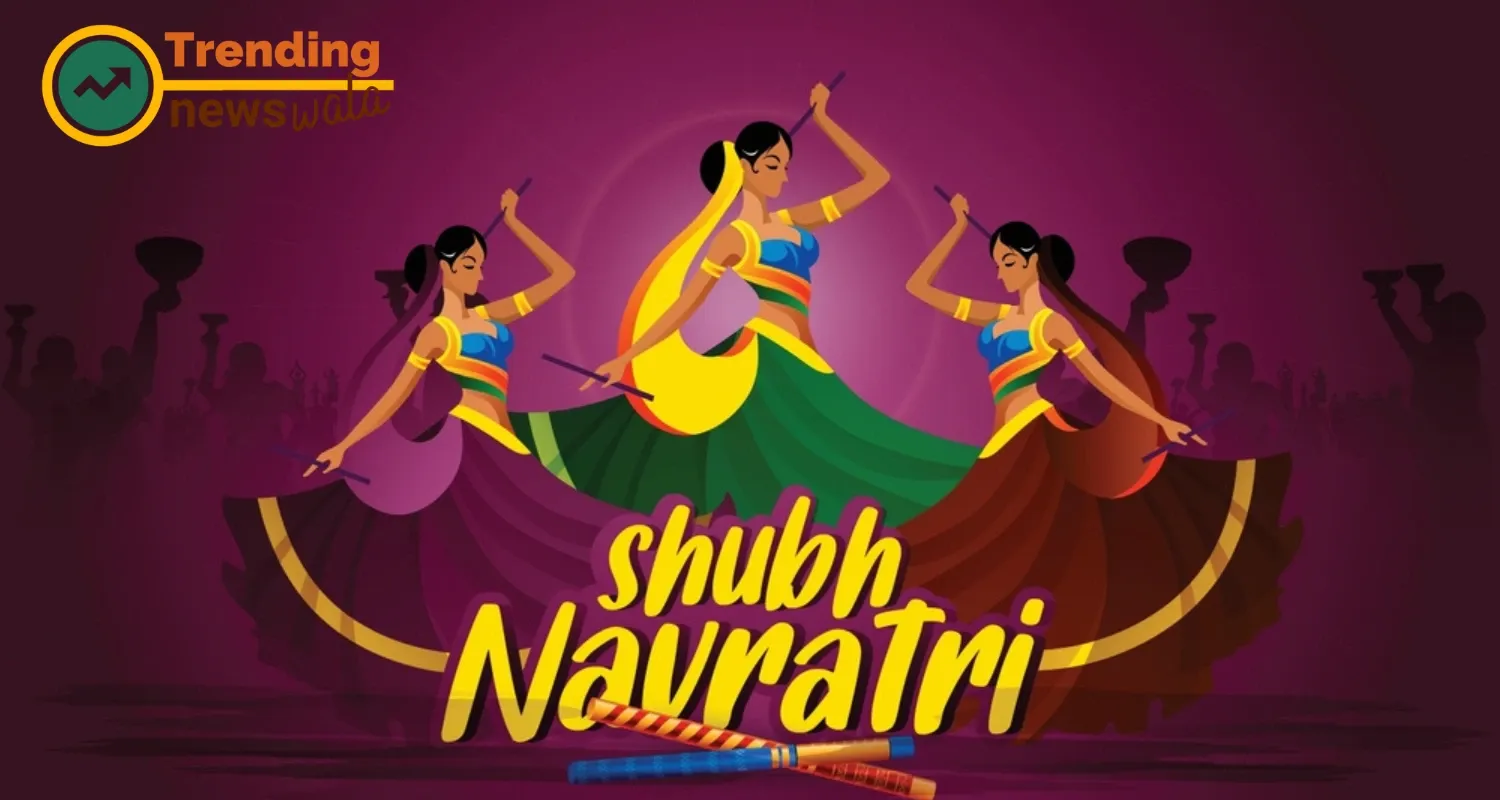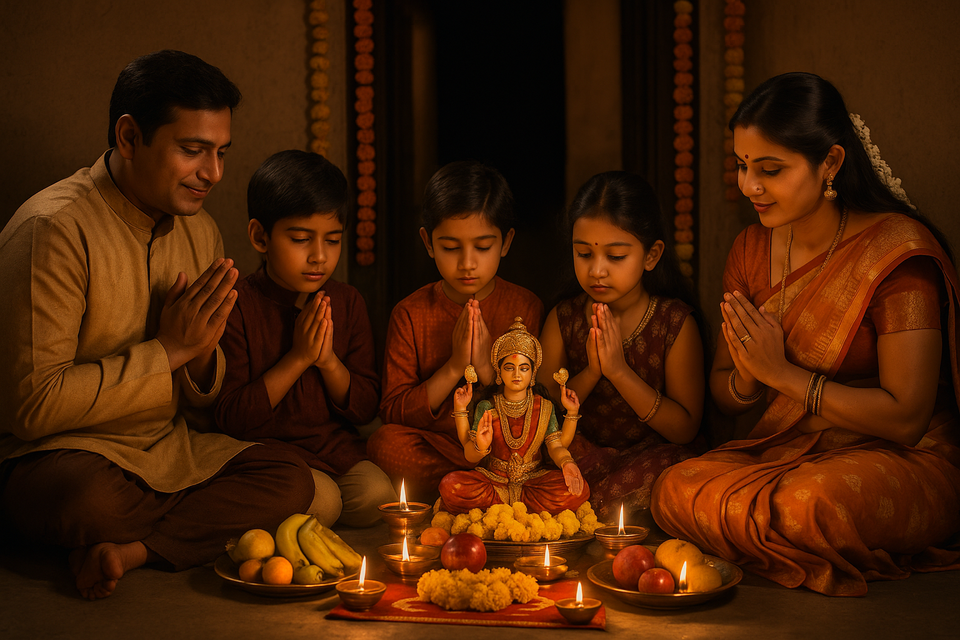Vaisakhi
The vibrant traditions and cultural significance of Vaisakhi, the cherished Sikh festival marking the birth of the Khalsa Panth and the onset of.
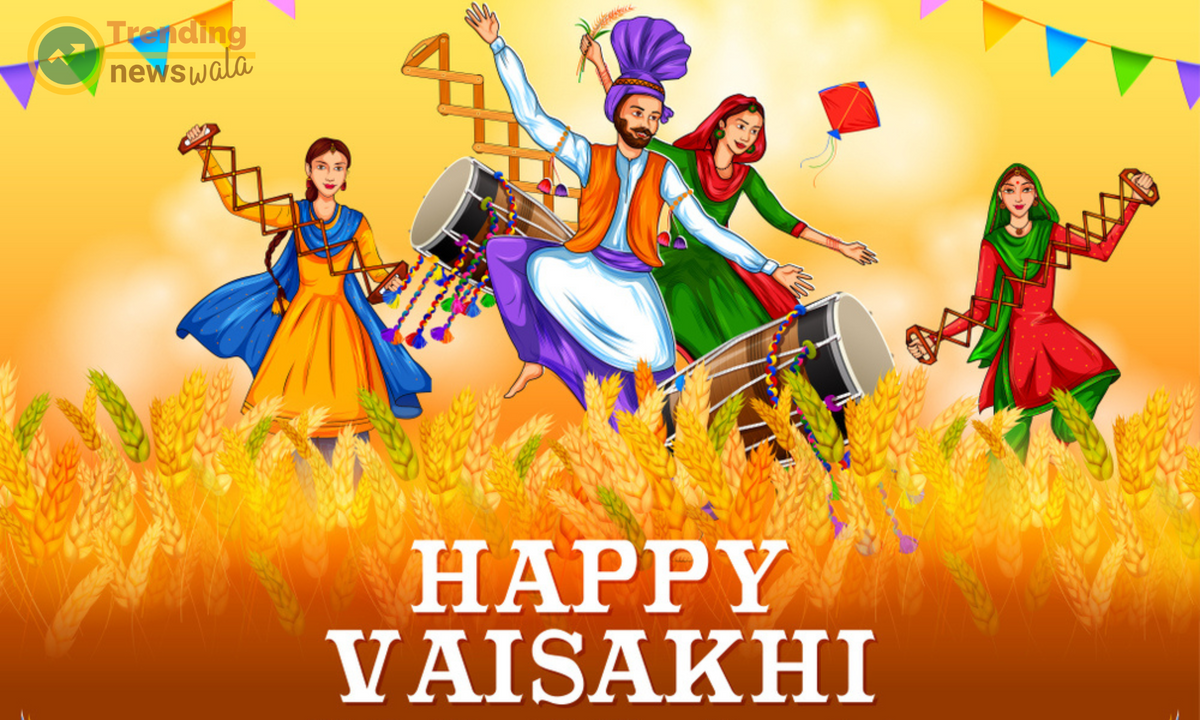
Vaisakhi, also known as Baisakhi, is a vibrant and culturally significant festival celebrated in various parts of South Asia, particularly in the Punjab region. It holds immense religious, cultural, and historical significance for different communities, marking the start of the Sikh New Year and commemorating the formation of the Khalsa Panth (Sikh brotherhood) in 1699 by Guru Gobind Singh Ji, the tenth Sikh Guru.
Overall, Vaisakhi is a joyous occasion that celebrates the spirit of unity, resilience, and spiritual awakening. It encapsulates the values of Sikhism, including devotion, service, and the pursuit of justice, while also embracing the rich cultural heritage of the Punjab region.
Vaisakhi, also known as Baisakhi, is an auspicious festival celebrated with immense zeal and fervor by the Sikh community, particularly in the Punjab region of India and across the world. This vibrant occasion holds profound religious, cultural, and historical significance, marking the birth of the Khalsa Panth (Sikh brotherhood) and the onset of the Sikh New Year. Vaisakhi is a time of rejoicing, reflection, and communal solidarity, blending religious observances with agricultural festivities to create a unique and enriching cultural experience.
Historical and Religious Significance:
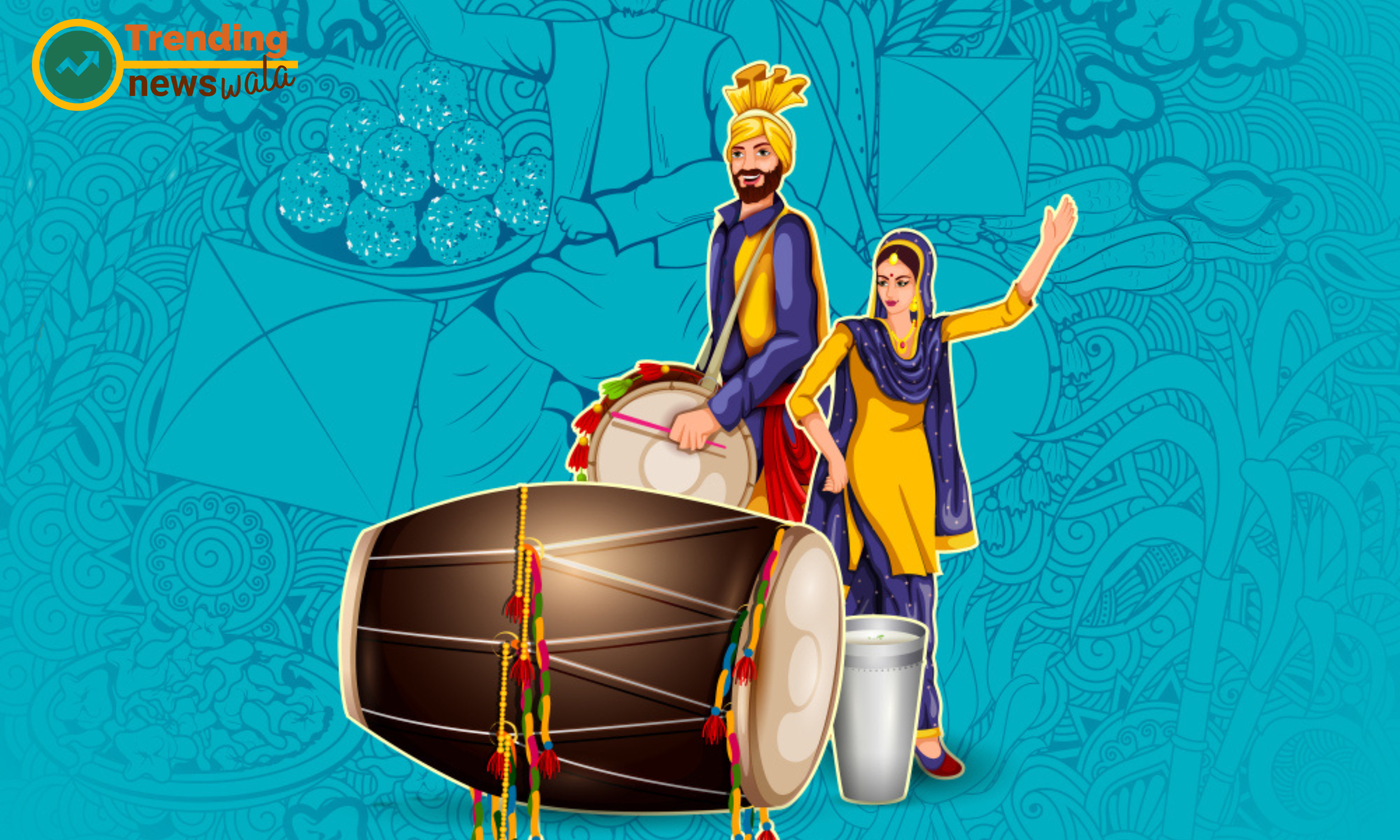
Vaisakhi traces its roots back to April 13, 1699, when Guru Gobind Singh Ji, the tenth Sikh Guru, established the Khalsa Panth at Anandpur Sahib in Punjab. On this historic day, Guru Gobind Singh Ji called upon Sikhs to uphold the principles of righteousness, equality, and courage, forming a distinct community dedicated to defending the oppressed and promoting justice. The initiation ceremony, known as Amrit Sanskar or Amrit Parchar, involved the baptism of the Panj Pyare (Five Beloved Ones) and the adoption of the Five Ks (articles of faith), symbolizing a commitment to Sikh values and identity.
Historical Origins: Vaisakhi finds its origins in the events of April 13, 1699, a pivotal moment in Sikh history that unfolded in the town of Anandpur Sahib, located in present-day Punjab, India. It was on this day that Guru Gobind Singh Ji, the tenth Sikh Guru, summoned Sikhs from far and wide to gather for a momentous assembly. Standing before a multitude of devotees, Guru Gobind Singh Ji addressed the crowd with a stirring call to uphold righteousness and defend the oppressed.
Formation of the Khalsa: At the heart of the Vaisakhi celebrations lies the formation of the Khalsa Panth, the community of initiated Sikhs who pledge allegiance to the Guru and adopt a distinct identity. Guru Gobind Singh Ji, in an act of profound symbolism and devotion, initiated the first five beloved ones, known as the Panj Pyare, into the fold of the Khalsa. Through the Amrit Sanskar, or the ceremony of initiation, the Panj Pyare were baptized with Amrit (sacred nectar) and bestowed with the Five Ks – Kesh (uncut hair), Kangha (comb), Kara (steel bracelet), Kirpan (sword), and Kachera (shorts).
Spiritual Renewal: Vaisakhi represents a period of spiritual renewal and recommitment to Sikh values and principles. The establishment of the Khalsa Panth signified a watershed moment in Sikh history, marking a departure from mere discipleship to active participation in the Guru's mission. The Khalsa embodied the ideals of courage, selflessness, and social justice, serving as a beacon of hope and inspiration for generations to come.
Symbolism and Rituals: The rituals and customs associated with Vaisakhi are imbued with deep symbolism and spiritual significance. The Nagar Kirtan, or religious procession, symbolizes the spreading of the Guru's message and the unity of the Sikh community. Devotees sing hymns, chant prayers, and perform martial arts displays as they march through the streets, carrying the Sikh flag and the Guru Granth Sahib Ji, the Sikh holy scripture.
Continued Relevance: Despite the passage of centuries, the spirit of Vaisakhi continues to resonate with Sikhs and admirers of Sikhism worldwide. Vaisakhi serves as a reminder of the timeless principles and teachings espoused by Guru Gobind Singh Ji and the Sikh Gurus – principles of equality, justice, and service to humanity. It is a time for introspection, reflection, and recommitment to the path of righteousness.
Vaisakhi stands as a testament to the indomitable spirit of the Sikh community and the enduring legacy of Guru Gobind Singh Ji. As Sikhs and their fellow travelers celebrate Vaisakhi each year, they honor the sacrifices of their forebears and reaffirm their dedication to the timeless ideals of Sikhism. Vaisakhi is not merely a festival; it is a celebration of identity, resilience, and unwavering faith in the face of adversity.
Traditional Celebrations:
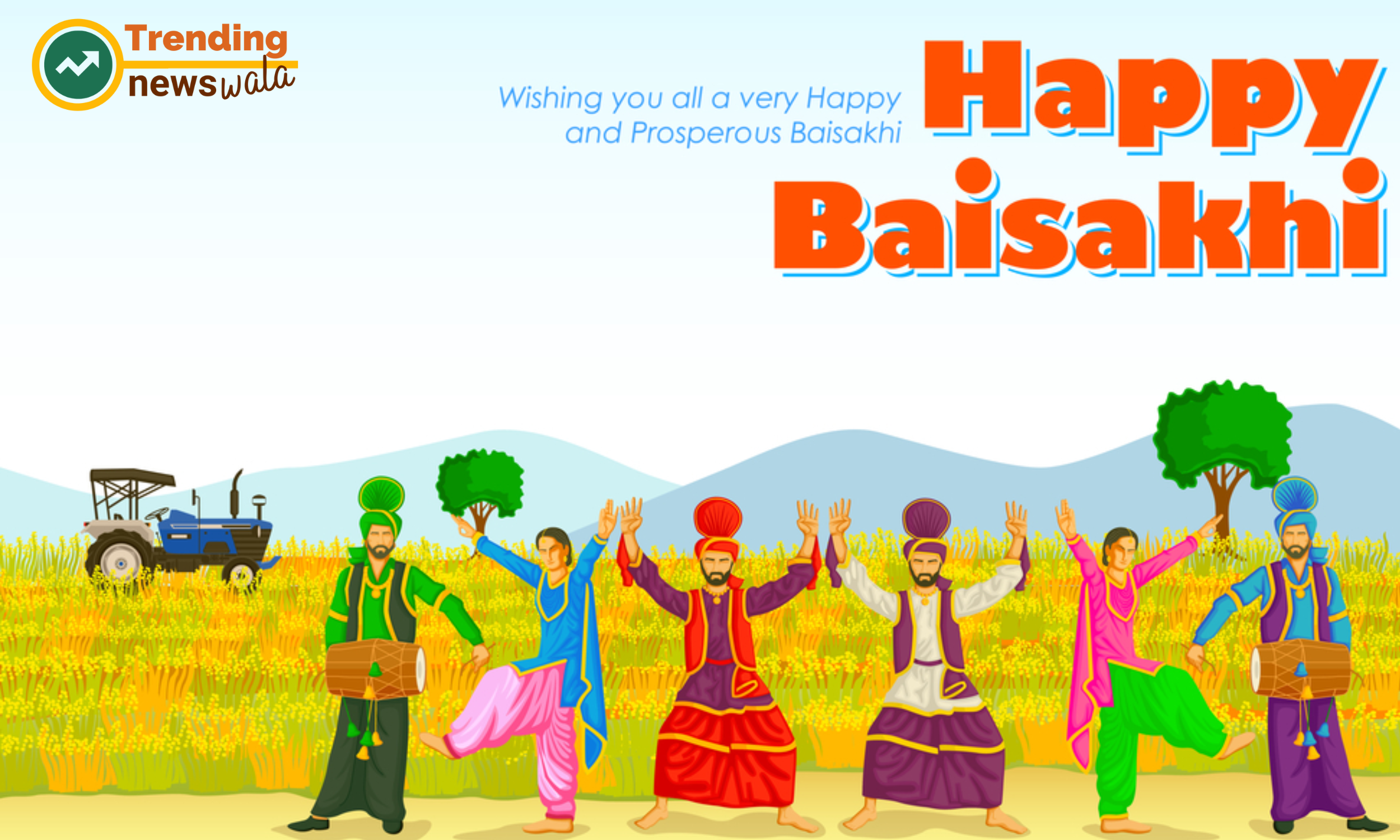
Vaisakhi is celebrated with a myriad of customs and rituals that reflect the spirit of Sikhism and Punjab's rich cultural heritage. One of the highlights of Vaisakhi is the Nagar Kirtan, a vibrant procession that winds its way through the streets, led by the Guru Granth Sahib Ji (Sikh holy scripture) and followed by devotees singing hymns and performing martial arts displays. The Nagar Kirtan symbolizes the spreading of Guru's message and the unity of the Sikh community.
Nagar Kirtan: At the heart of Vaisakhi celebrations is the Nagar Kirtan, a grand religious procession that winds its way through the streets of towns and cities with great pomp and splendor. Led by the Panj Pyare (Five Beloved Ones) carrying the Sikh flag and the Guru Granth Sahib Ji (Sikh holy scripture), the Nagar Kirtan is a symbol of the Sikh community's unity and devotion. Devotees sing hymns, chant prayers, and perform martial arts displays, creating a spectacle of color, music, and spiritual fervor.
Gatka Performances: Gatka, the traditional martial art of the Sikhs, takes center stage during Vaisakhi celebrations as practitioners showcase their skills and agility in captivating performances. Originating from the warrior ethos of Sikhism, Gatka is characterized by its dynamic movements, swift footwork, and adept use of traditional weapons such as swords, spears, and shields. These displays pay homage to the martial heritage of the Khalsa and serve as a reminder of the community's commitment to defending righteousness and justice.
Langar Seva: A hallmark of Sikh tradition, Langar, or community kitchen, plays a central role in Vaisakhi celebrations. Devotees come together to prepare and serve free meals to all, regardless of caste, creed, or social status. The Langar embodies the principles of equality, humility, and selfless service (seva) that lie at the core of Sikh teachings. Volunteers work tirelessly to cook, serve, and clean, fostering a sense of unity and camaraderie among participants.
Gurbani Kirtan: Vaisakhi is marked by soul-stirring recitations of Gurbani (Sikh hymns) and devotional singing known as Kirtan. Gurdwaras (Sikh places of worship) resonate with the melodious strains of Shabad Kirtan, as trained musicians and singers perform hymns from the Guru Granth Sahib Ji. The uplifting melodies and profound lyrics of Gurbani inspire devotees to connect with the divine and reflect on the teachings of the Sikh Gurus.
Community Service Projects: Vaisakhi is a time for community outreach and philanthropy, with Sikhs organizing various service projects to benefit society. From blood donation drives to tree planting initiatives, devotees engage in acts of charity and compassion, embodying the spirit of seva (selfless service) advocated by Guru Nanak Dev Ji, the founder of Sikhism. These endeavors exemplify the Sikh ethos of altruism and social responsibility.
In conclusion, the traditional celebrations of Vaisakhi serve as a testament to the rich cultural heritage and spiritual legacy of Sikhism. Through rituals such as Nagar Kirtan, Gatka performances, Langar Seva, Gurbani Kirtan, and community service projects, Sikhs reaffirm their commitment to the principles of equality, service, and devotion that define their faith. Vaisakhi is not just a festival; it is a celebration of Sikh identity, unity, and the timeless teachings of the Guru.
The Langar Tradition:
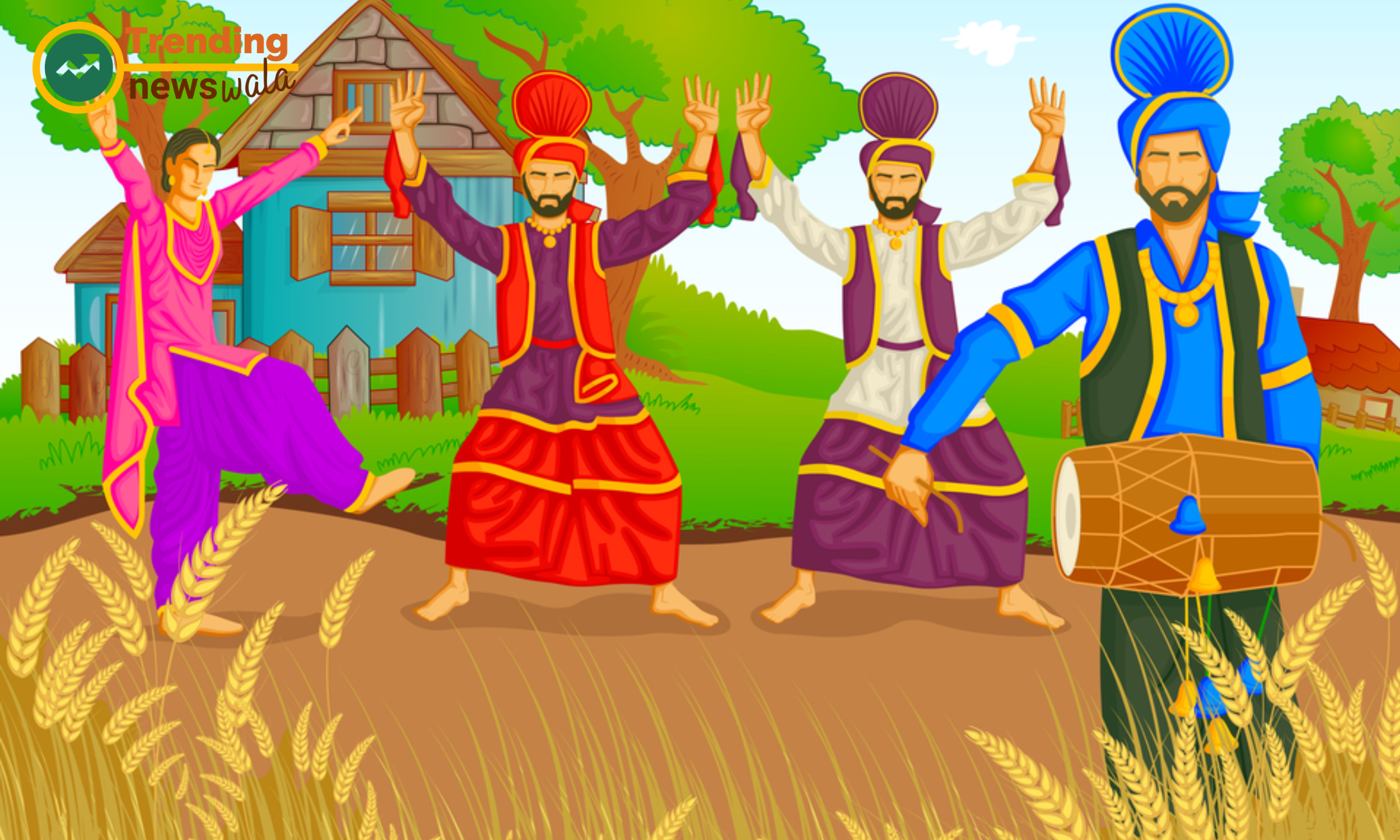
Central to Vaisakhi celebrations is the tradition of Langar, or community kitchen, where volunteers prepare and serve free meals to all visitors, irrespective of caste, creed, or background. Langar embodies the Sikh principle of seva (selfless service) and inclusivity, promoting equality and compassion in society. During Vaisakhi, Langar halls bustle with activity as volunteers come together to cook, serve, and partake in the communal meal, fostering a sense of unity and solidarity.
Historical Origins: The origins of the Langar tradition can be traced back to the time of Guru Nanak Dev Ji, who established the first Langar at Kartarpur Sahib in the late 15th century. Guru Nanak emphasized the importance of equality and inclusivity, challenging social hierarchies and caste discrimination prevalent in society. The Langar served as a tangible expression of Guru Nanak's vision of a world where all are treated with dignity and respect, regardless of their background.
Principles of the Langar: The Langar operates on the principles of equality, humility, and service. Everyone, irrespective of their socio-economic status, is welcomed to partake in the communal meal as equals, sitting side by side on the floor. The Langar is typically vegetarian to accommodate the dietary restrictions of all visitors and to uphold the principle of ahimsa (non-violence).
Community Participation: The Langar is sustained through the voluntary efforts of devotees known as sevadars, who selflessly contribute their time, labor, and resources to prepare, serve, and clean up after meals. Sevadars come from all walks of life and perform various tasks in the Langar, including cooking, serving food, washing dishes, and maintaining cleanliness. This collective effort fosters a sense of unity, cooperation, and shared responsibility within the Sikh community.
Inclusivity and Outreach: The Langar tradition extends beyond the boundaries of Sikhism, welcoming people of all faiths and backgrounds to partake in the communal meal. It serves as a platform for interfaith dialogue, fostering understanding and harmony among diverse communities. Additionally, Langars are often set up during times of crisis or natural disasters to provide emergency relief and support to those in need, exemplifying the spirit of humanitarianism and solidarity.
Spiritual Significance: From a spiritual perspective, participating in the Langar is considered an act of seva and a form of worship in Sikhism. By serving others without expectation of reward, individuals cultivate humility, compassion, and selflessness, aligning themselves with the divine principles of love and service. The Langar experience is not only nourishing for the body but also for the soul, offering an opportunity for spiritual growth and connection with the divine.
In conclusion, the Langar tradition stands as a shining example of Sikh values in action, embodying the principles of equality, community, and compassion. Through the Langar, Sikhs strive to create a world where no one goes hungry and where all are treated with dignity and respect. In an era marked by social divisions and inequalities, the Langar serves as a beacon of hope and solidarity, reminding us of our shared humanity and the power of selfless service to transform lives and uplift communities.
Agricultural Significance:
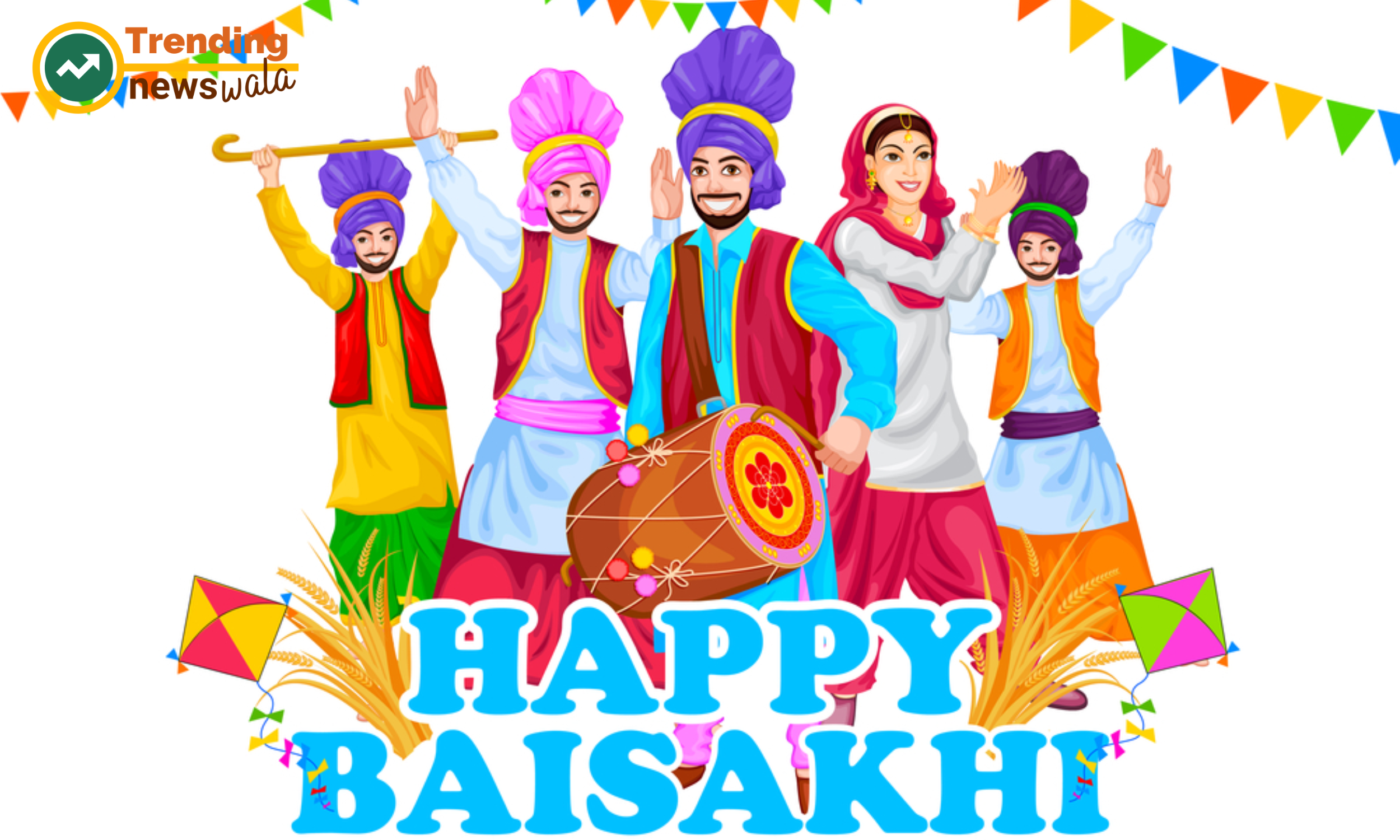
In addition to its religious connotations, Vaisakhi also marks the onset of the harvest season in the Punjab region, signifying prosperity and abundance. Farmers express gratitude for the bountiful harvest through rituals and offerings, seeking blessings for a fruitful agricultural year ahead. Traditional folk dances, such as Bhangra and Giddha, enliven the festivities, with dancers clad in colorful attire, stomping to the beat of dhol (drum) and celebrating the joys of rural life.
Historical Context: Vaisakhi finds its origins in the agrarian heritage of Punjab, a region known as the "breadbasket of India" for its fertile soil and abundant crops. Historically, Vaisakhi marked the end of the winter season and the beginning of the harvesting of the Rabi crop, which includes wheat, barley, and other grains. Farmers would gather in their fields to reap the fruits of their labor, celebrating the abundance of the land with songs, dances, and communal feasts.
Rituals and Traditions: Vaisakhi is celebrated with a variety of rituals and traditions that pay homage to the agricultural cycle and the vital role of farmers in society. In rural areas, farmers perform special prayers and offerings to thank the deities for a successful harvest and to invoke blessings for favorable weather and abundant crops in the coming year. Traditional folk dances, such as Bhangra and Giddha, are performed with gusto, with dancers clad in colorful attire, stomping to the beat of drums, and celebrating the joys of rural life.
Harvest Festivities: Vaisakhi is also a time for communal gatherings and feasting, as families and communities come together to share the fruits of their labor. Special dishes made from freshly harvested grains, such as makki di roti (cornbread) and sarson da saag (mustard greens), are prepared with love and served with generous portions of ghee (clarified butter) and jaggery (raw sugar). These traditional delicacies not only nourish the body but also evoke a sense of connection to the land and the cycles of nature.
Cultural Relevance: While Vaisakhi holds deep roots in Punjab's agrarian heritage, its agricultural significance extends beyond geographical boundaries, resonating with farmers and rural communities worldwide. In regions where agriculture is central to the economy and way of life, Vaisakhi serves as a time for farmers to pause and reflect on the cyclical nature of agricultural work, the challenges they face, and the importance of stewardship of the land.
Modern Context: In the modern era, Vaisakhi continues to be celebrated with fervor, albeit with some adaptations to changing times and circumstances. While urbanization and industrialization have transformed the landscape of Punjab, Vaisakhi remains a cherished occasion for Sikhs and Punjabis to reconnect with their agricultural roots, honor the contributions of farmers, and express gratitude for the abundance of the land.
In conclusion, the agricultural significance of Vaisakhi underscores the intimate relationship between humans and the land, reminding us of the importance of stewardship, sustainability, and reverence for nature. As we celebrate Vaisakhi each year, let us not only rejoice in the harvest but also reflect on the interconnectedness of all living beings and our shared responsibility to care for the earth and ensure its abundance for future generations.
Global Observance:
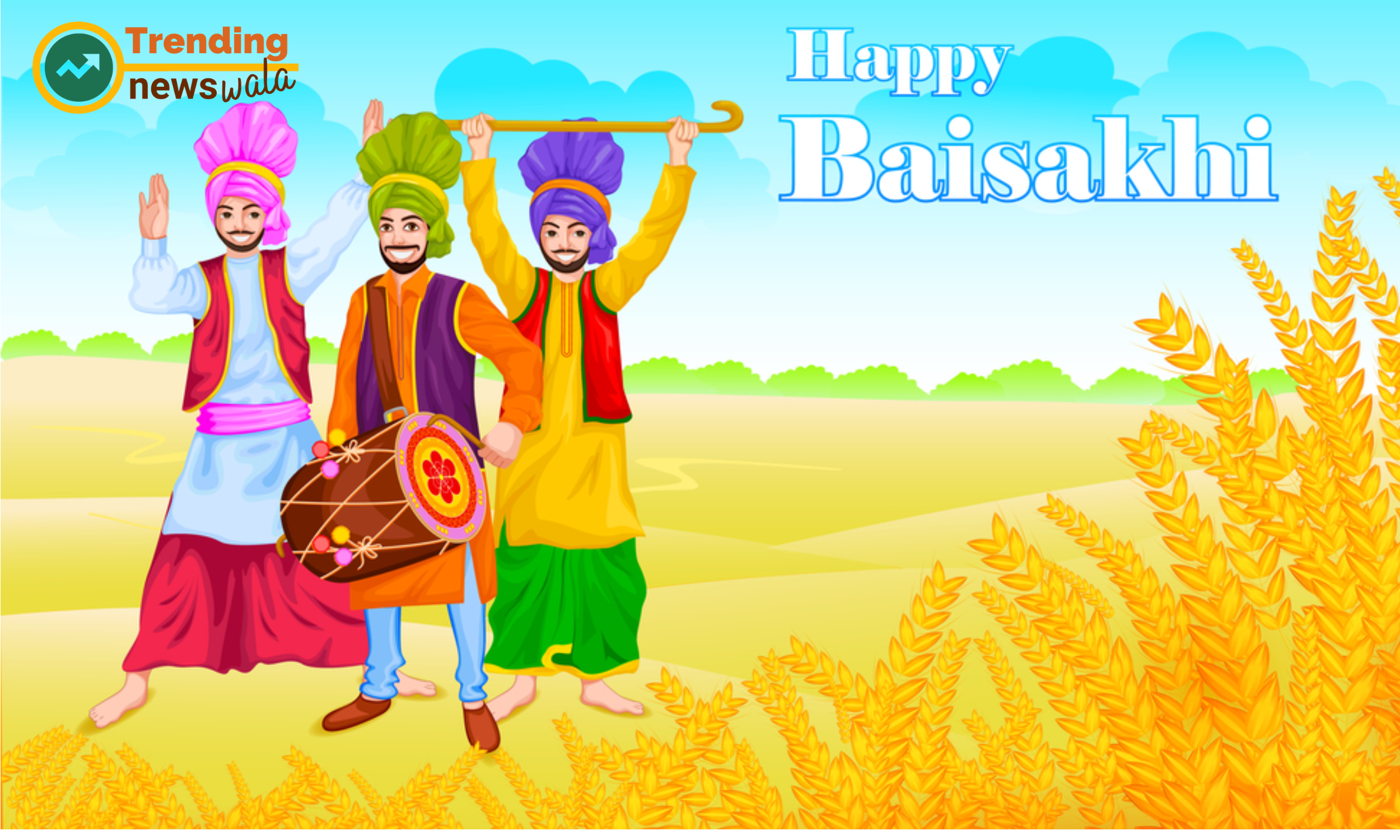
Vaisakhi transcends geographical boundaries, with Sikh communities around the world coming together to commemorate this auspicious occasion. From grand processions in Punjab to solemn prayers in gurdwaras across continents, Vaisakhi unites Sikhs in a shared expression of faith, solidarity, and cultural pride. Sikh diaspora communities organize various events and activities, including Nagar Kirtans, kirtan (devotional singing), and educational seminars, to celebrate their heritage and promote interfaith understanding.
Vaisakhi stands as a testament to the enduring legacy of Sikhism, embodying the values of equality, service, and resilience championed by Guru Nanak Dev Ji and subsequent Sikh Gurus. As Sikhs and admirers of Sikh culture come together to celebrate Vaisakhi, they pay homage to their spiritual roots, reaffirm their commitment to social justice, and rejoice in the blessings of community and abundance. Vaisakhi serves as a reminder of the timeless principles of Sikhism that continue to inspire and uplift humanity across generations.
Spread of Sikh Diaspora: The global observance of Vaisakhi is closely linked to the dispersion of Sikh populations around the world, often referred to as the Sikh diaspora. Over the past few centuries, Sikhs have migrated to various parts of the world, seeking economic opportunities, political freedom, and religious tolerance. Today, significant Sikh communities can be found in countries such as the United States, Canada, the United Kingdom, Australia, Malaysia, and Singapore, among others.
Cultural Festivities: In countries with sizable Sikh populations, Vaisakhi is celebrated with grandeur, featuring colorful processions, traditional music and dance performances, and elaborate feasts. Nagar Kirtans, or religious processions, wind through city streets, with participants chanting hymns and carrying the Sikh flag and the Guru Granth Sahib Ji, the Sikh holy scripture. Bhangra and Giddha, traditional folk dances of Punjab, add to the festive atmosphere, with dancers clad in vibrant attire, showcasing their exuberant moves.
Community Outreach: Vaisakhi is also a time for community outreach and social service initiatives, as Sikhs engage in acts of charity, volunteerism, and philanthropy to benefit society at large. Langar Seva, the tradition of serving free meals to all, is extended beyond Sikh gurdwaras to homeless shelters, soup kitchens, and other community centers, exemplifying the spirit of seva (selfless service) and compassion advocated by Sikhism.
Interfaith Dialogue: Vaisakhi serves as a platform for interfaith dialogue and cultural exchange, fostering understanding and harmony among diverse communities. Non-Sikh individuals and organizations often participate in Vaisakhi celebrations, demonstrating solidarity with the Sikh community and embracing its values of equality, tolerance, and respect for all faiths.
Global Significance: Beyond its religious and cultural dimensions, Vaisakhi holds global significance as a celebration of diversity, unity, and the spirit of human resilience. In an increasingly interconnected world marked by social, political, and economic challenges, Vaisakhi reminds us of the universal values that bind us together as members of the human family – values of love, compassion, and shared humanity.
the global observance of Vaisakhi underscores the enduring legacy of Sikhism and its ability to transcend borders and cultures. As Sikhs and their fellow travelers celebrate Vaisakhi around the world, they not only honor their religious heritage but also embody the principles of equality, service, and community that lie at the heart of Sikh teachings. In a world often divided by differences, Vaisakhi serves as a reminder of our shared humanity and the power of unity in diversity to create a brighter, more inclusive future for all.

What is Vaisakhi?
Vaisakhi, also known as Baisakhi, is a religious and cultural festival celebrated primarily by the Sikh community. It holds historical significance as the day of the formation of the Khalsa Panth by Guru Gobind Singh Ji in 1699.
When is Vaisakhi celebrated?
Vaisakhi is typically celebrated on April 13 or 14 each year, depending on the Nanakshahi calendar, which is followed by Sikhs.
What is the significance of Vaisakhi for Sikhs?
Vaisakhi marks the beginning of the Sikh New Year and commemorates the formation of the Khalsa Panth, a community of initiated Sikhs committed to upholding Sikh principles.
How is Vaisakhi celebrated?
Vaisakhi celebrations often include Nagar Kirtans (religious processions), Gurdwara prayers, Langar Seva (community kitchen service), martial arts displays, and cultural performances.
What is the importance of Langar Seva during Vaisakhi?
Langar Seva, the tradition of serving free meals to all regardless of caste, creed, or status, is an integral part of Vaisakhi celebrations. It symbolizes the principles of equality, compassion, and community service in Sikhism.
Do only Sikhs celebrate Vaisakhi?
While Vaisakhi is primarily a Sikh festival, it is also celebrated by other communities, particularly in the Indian subcontinent, where it holds agricultural significance.
Are there any specific rituals associated with Vaisakhi?
Yes, Vaisakhi rituals include taking part in Nagar Kirtans, listening to Gurbani Kirtan (devotional music), performing Ardas (prayers), and reflecting on the teachings of Sikh Gurus.
How do Sikhs prepare for Vaisakhi?
Sikhs prepare for Vaisakhi by cleaning and decorating Gurdwaras, organizing special programs, arranging for Langar Seva, and participating in community service activities.
Is Vaisakhi celebrated differently in different parts of the world?
Yes, Vaisakhi celebrations may vary based on local customs and traditions, but the essence of the festival remains the same - to celebrate Sikh heritage, promote unity, and foster a spirit of service.
What is the spiritual significance of Vaisakhi?
Vaisakhi is a time for Sikhs to reaffirm their commitment to Sikh values, including equality, justice, and selfless service. It serves as a reminder of the importance of living in accordance with the teachings of the Guru.


